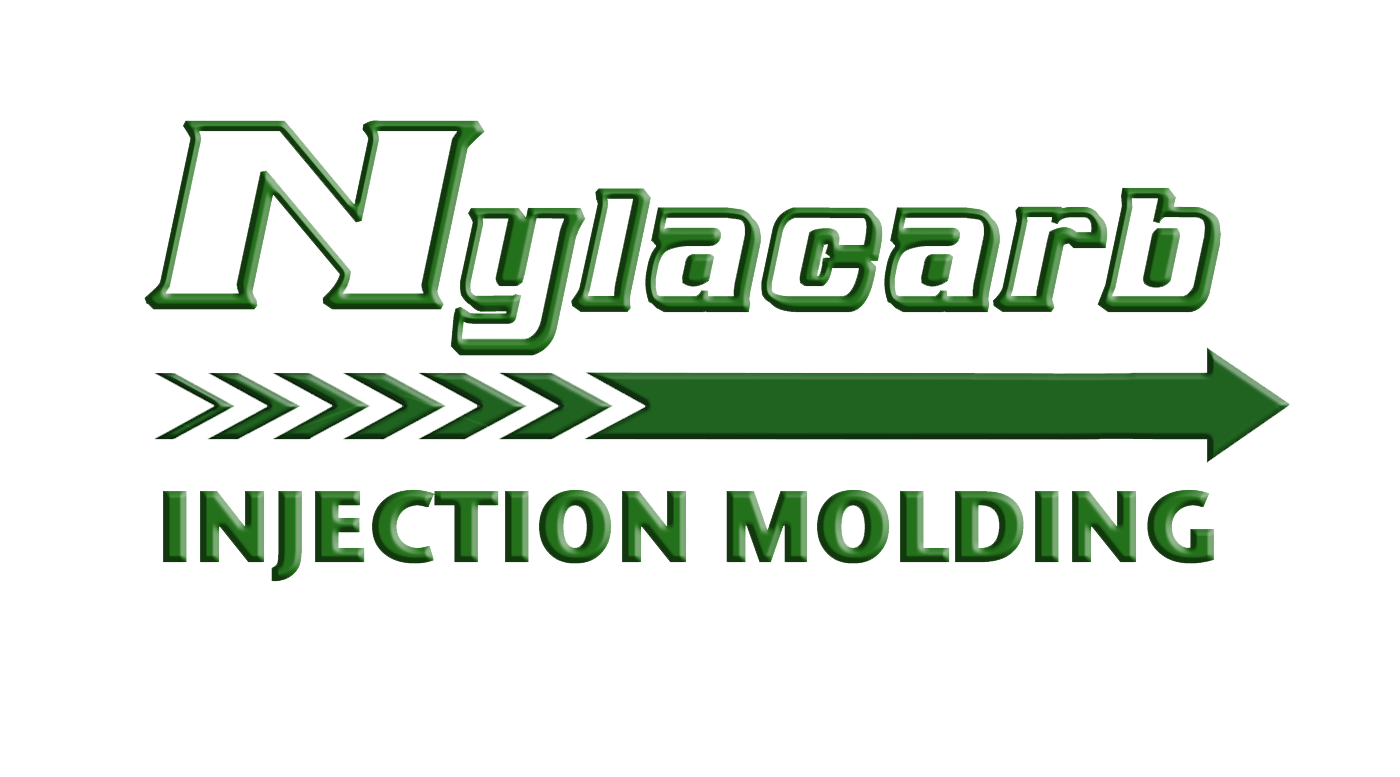Plastic Manufacturing Process
Each day our customers receive shipped and completed parts at their warehouse door. Behind the scenes there’s a lot that goes on before the parts get to that point. While some of parts of the plastic manufacturing process are automated, other steps require human involvement throughout production. It is important to note that the production process does vary from project to project. For the sake of demonstration, we will stick to some basic processing principles that stay constant.
Pre-Production & Set Up
At the beginning of production our qualified production managers assess the mold and make any adjustments necessary before loading the mold into the injection molding machine. It is important to note that the production managers reassess the mold after each run and perform necessary cleaning and maintenance before mold storage. This set up process also includes setting the parameters of the machine to match the functionality of the project.
These qualified technicians understand the parameters and settings of the machine and set them appropriately for processing.
Depending on the project specifications, the material resin is pulled from the warehouse by the material handler and loaded into the dryer or the hopper of the injection morning machine in preparation for the plastic manufacturing process. Every material has different thermodynamic properties and chemical structures. Therefore, dry temperature and melt temperature must be set according to the material properties. Getting the appropriate flow speed through the barrel is a priority in manufacturing a good part.
The Plastic Manufacturing Process
Some projects are automatic in nature: the hopper releases the resin into the barrel, it’s heated to molten and fills the mold cavity under pressure. A cooling system brings the temperature of the plastic back down so that it forms a solid state while clamping force is applied to hold form. Once solid, the pressure of the mold is released, and the component is dropped. Many projects, however, are not as simple.
For manufacturing some parts, a machine operator must load the machine with a component to be molded around. This component, whether it is another piece of plastic, a metal screw, or something else, is set inside the mold cavity before each cycle by the operator.
Many times, when the pressure is released from the mold, the part naturally falls loose and drops from the cavity. However, sometimes removing the part requires work from the operator. During the cooling process, some plastic material expands in the cavity lodging it in a way that requires some “elbow grease” from the operator to remove the part from the mold.
For more information regarding drying plastic resin before production; or any other plastic manufacturing questions contact us today!
Post-Production
Once the part is released or removed, it must be inspected by the operator for quality. Often times there are minor secondary processes like deflashing or removing the gate. Sometimes additional assembly or ultrasonic welding are required. Here is a bit more information on these secondary processes.
Completeing the Plastic Manufacturing Process
After all these steps are accomplished on the production floor, the parts are ready to move to the shipping department. Here they are packed, weighed, labeled, and loaded onto the skid. Our shipping department takes care to pack our customer’s parts in a way that keeps them in the best condition for traveling.
